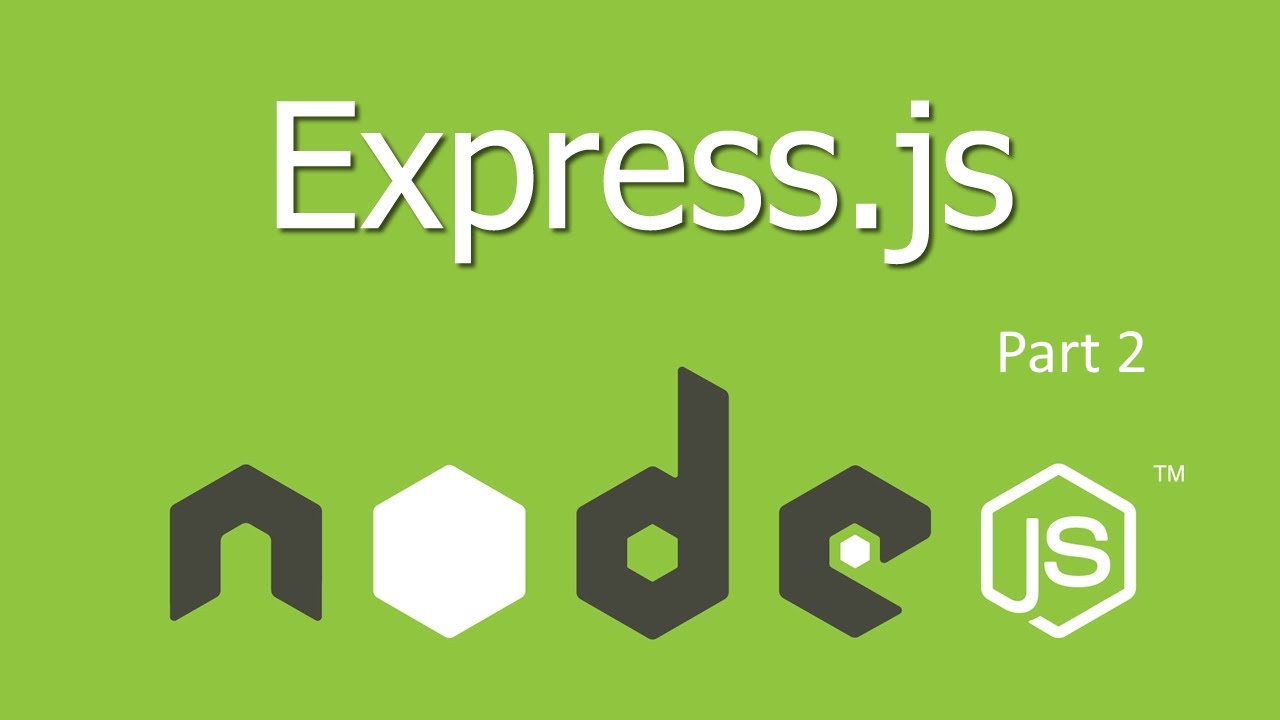In this 2 part blog post I will explain how to get started with building a RESTful API with Node.js, Express and ECMAScript 6 using a module approach.
Go to https://github.com/LuukMoret/blog-node-api-express-es6-part1 to see the finished code.
Node.js
Node.js is an asynchronous event driven JavaScript runtime, designed to build scalable network applications. Node.js can handle many connections concurrently in contrast to today’s more common concurrency model where OS threads are employed.
Thread-based networking is relatively inefficient and very difficult to use. Furthermore, users of Node are free from worries of dead-locking the process, since there are no locks. Almost no function in Node directly performs I/O, so the process never blocks. Because nothing blocks, scalable systems are very reasonable to develop in Node.
You can read more about Blocking vs Non-Blocking here.
Express
Express is a minimal and flexible Node.js web application framework that provides a robust set of features for web and mobile applications. There are alternatives like Koa and Hapi but Express is definitely the most widely used web framework for node.js today.
ECMAScript 6
ECMAScript is a subset of JavaScript. JavaScript is basically ECMAScript at it’s core but builds upon it. Languages such as ActionScript, JavaScript, JScript all use ECMAScript as its core.
ECMAScript 6, also known as ECMAScript 2015, is the latest version of the ECMAScript standard. ES6 is a significant update to the language, and the first update to the language since ES5 was standardized in 2009. Read more about these new features here.
There is also a fantastic JavaScript Style Guide from Airbnb. If you want to enforce these rules in your project, consider using the airbnb eslint npm package found here .
With the above technologies explained we can start writing our node api!
Read More


